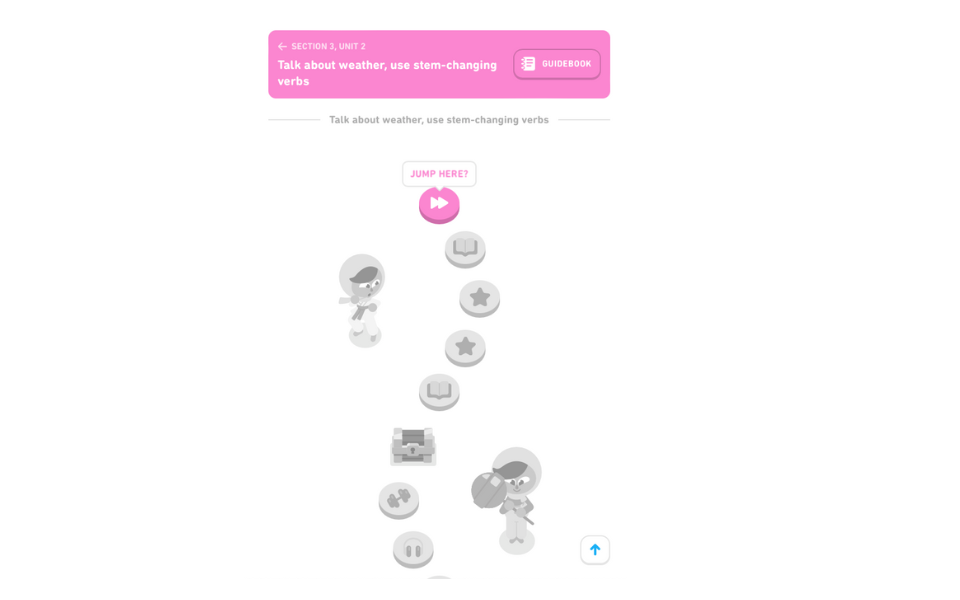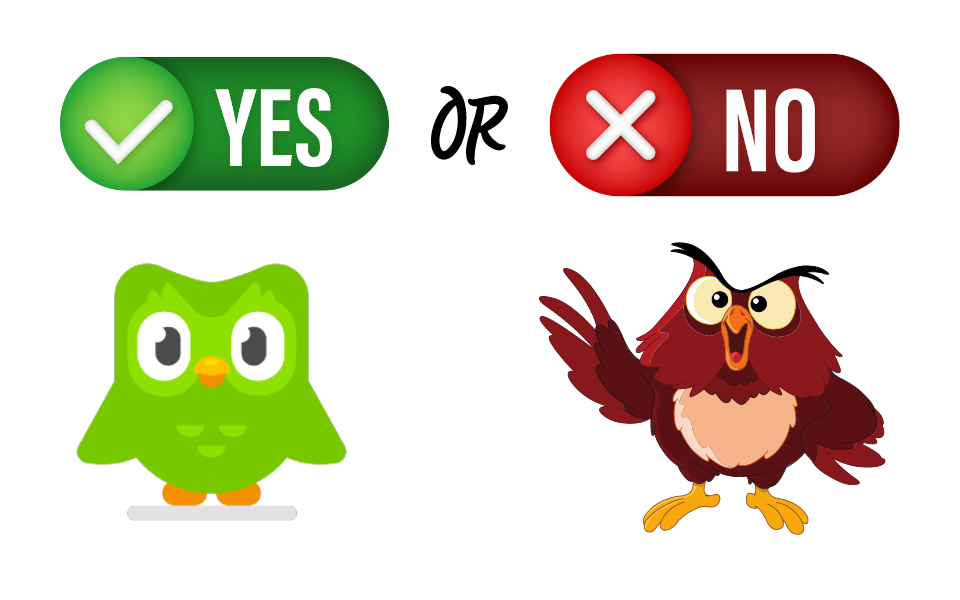It’s time to dive into a detailed look at Duolingo, the most popular language learning app on the market. Known for its engaging interface and gamified learning experience, Duolingo has attracted over 300 million users globally, catering to learners of all ages. Offering courses in over 30 languages, from widely spoken ones like Spanish and French to less common options like Hawaiian and Navajo, it promises an accessible way to learn.
While every language learning app has its unique selling points, Duolingo boldly claims to be the best method for language acquisition. Let’s explore its strengths and weaknesses.

The Positives
User-Friendly Interface
Duolingo’s standout feature is its engaging and colorful design. The app employs a game-like format that transforms language learning into a fun, interactive experience. Users earn points for correct answers, race against the clock, and level up as they progress, which makes the learning process enjoyable and appealing to a wide audience.
Daily Practice and Testing
Daily practice is crucial for language mastery, and Duolingo excels in making this easy. The app offers bite-sized lessons that fit conveniently into any busy schedule. It encourages users to study for at least 15 minutes daily, but doubling or tripling that time can lead to more substantial progress. Each lesson serves as a self-test, allowing users to track their learning and retention. A placement test helps new users gauge their starting level, but even skilled speakers may find themselves navigating the app’s language skill tree.
Engaging Podcasts
One of the most fascinating aspects of Duolingo is its high-quality podcasts, which blend languages like English, Spanish, French, and Portuguese. These engaging stories cater to beginners and intermediate learners, offering valuable cultural insights. Each podcast is accompanied by free transcripts, allowing users to read and listen simultaneously. However, the range of podcasts is limited to specific language pairs, which may feel restrictive for learners of other languages.
The Negatives
Limited Exposure
A significant criticism of Duolingo is that it often provides insufficient exposure to authentic language use. Relying solely on the app might lead to slow progress and potential frustration. The lessons tend to be superficial, lacking native dialogues and real-life contexts, making them more suitable for beginners rather than advancing learners.
While Duolingo has introduced AI features to enhance speaking practice, these tools currently do not replicate the nuances of real conversations.
Content Variety
Effective language learning requires engaging content, but Duolingo’s material can feel disjointed. The app covers a range of topics, but the transitions between them may seem random. While this approach is fine for beginners, it may not provide the depth needed for more advanced learners. Integrating podcasts into a more gamified experience could significantly enhance its utility for intermediate users.
Cost Considerations
Duolingo is free to use, but to eliminate ads and access premium features like AI role-playing, users must pay. The Super Plan costs $13 per month, while the Duolingo Max, which includes ChatGPT assistance, goes up to $30 per month. For those seeking immersive experiences, a personal GPT subscription and additional language content may be more beneficial.
Conclusion
Duolingo is a visually appealing and user-friendly app that serves as an excellent starting point for beginners. However, it may not suffice for learners aiming for fluency or intermediate to advanced skills. For casual learners or those looking to supplement their studies, Duolingo remains a valuable resource.
To achieve fluency, it’s advisable to complement Duolingo with other language learning tools and real-world practice. Ultimately, whether Duolingo is the right choice for you depends on your learning goals, preferences, and commitment to the language learning journey. With both free and paid options, Duolingo continues to be a popular and widely used tool, offering something for everyone at different stages of their language development.


